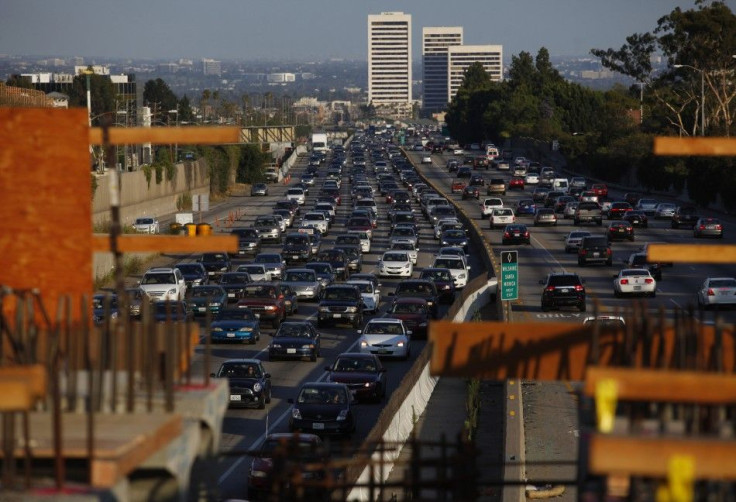Infrastructure Spending: Civil Engineers to Public Officials - Maintain Bridges and Highways, Or Else

One can understand why Americans, weighed down by stagnant median incomes and concern about a sluggish U.S. economic recovery, are not likely to ruminate over the state of the nation's crumbling infrastructure during their morning cup of coffee and breakfast. But the nation's infrastructure is a serious issue and a safety concern.
In fact, if the infrastructure issue is addressed it can help solve the U.S.'s No. 1 problem: its shortage of jobs.
How bad is the state of the nation's infrastructure? The American Society of Civil Engineers (ASCE) estimates that an investment of $1.7 trillion will be needed between now and 2020 to rebuild, bridges, roads, water lines, sewage systems and dams that are reaching the ends of their planned life cycles.
Last year, a report by former U.S. transportation secretaries Norman Mineta and Samuel Skinner recommended an annual investment of $262 billion.
Doing Nothing Carries A Big Cost
Further, both groups underscore that doing nothing is not a cost-free response. The ASCE said infrastructure problems and inadequacies add $97 billion per year to the cost of operating vehicles and result in about $32 billion in travel delays.
Even so, despite the costs of not acting, the current U.S. Congress is in no mood to address the nation's infrastructure. The Republican-led House is reluctant to pass any appropriation increase and those measures face a likely filibuster in the Senate, where Democrats and Republicans are having trouble finding common ground on the rules of Senate debate, let alone appropriations packages.
Moreover, the current mood in Congress -- at best -- is to try to limit possible cutbacks to popular Social Security and Medicare entitlements for retirees -- not to divert funds to new programs. And a tax increase to cover a comprehensive infrastructure rebuilding program would almost certainly be opposed by Congressional Republicans.
The bittersweet dimension to the nation's crumbling infrastructure? After the very serious safety issues -- a design flaw caused an I-35W interstate highway bridge to collapse in Minneapolis, killing 13 people and injuring 145 -- the second major drawback of the nation's lack of infrastructure maintenance is GDP-relevant: the projects could literally create hundreds of thousands of new jobs.
In other words, a U.S. fully-committed to rebuilding its infrastructure would simultaneously make the nation better-prepared for the commcercial demands of the 21st century and also address its severe jobs shortage problem.
Public Policy Analysis: The first motivation for Congress should be human life - more and more bridges are going to fall and other infrastructure elements are going to fail -- and more people will die needlessly, and the ASCE's report and projections imply this, if the maintenance does not occur. Underscoring -- the nation's infrastructure is a safety issue, foremost.
Second, it is also a commerce issue. It doesn't take an MBA from the Wharton School of Business to realize that a nation with outmoded schools, clogged highways, an incomplete passenger rail network, and inadequate airports will be at a competitive disadvantage compared to, for example, China, which is emphasizing state-of-the-art systems for the 21st century.
But how likely is Congress to act on the critical need in infrastructure? Not very likely. Most likely, it will have to await the 2012 election, at which time voters will have a chance to vote-in pro-infrastructure Congressman and vote out the intransigents.
© Copyright IBTimes 2024. All rights reserved.





















